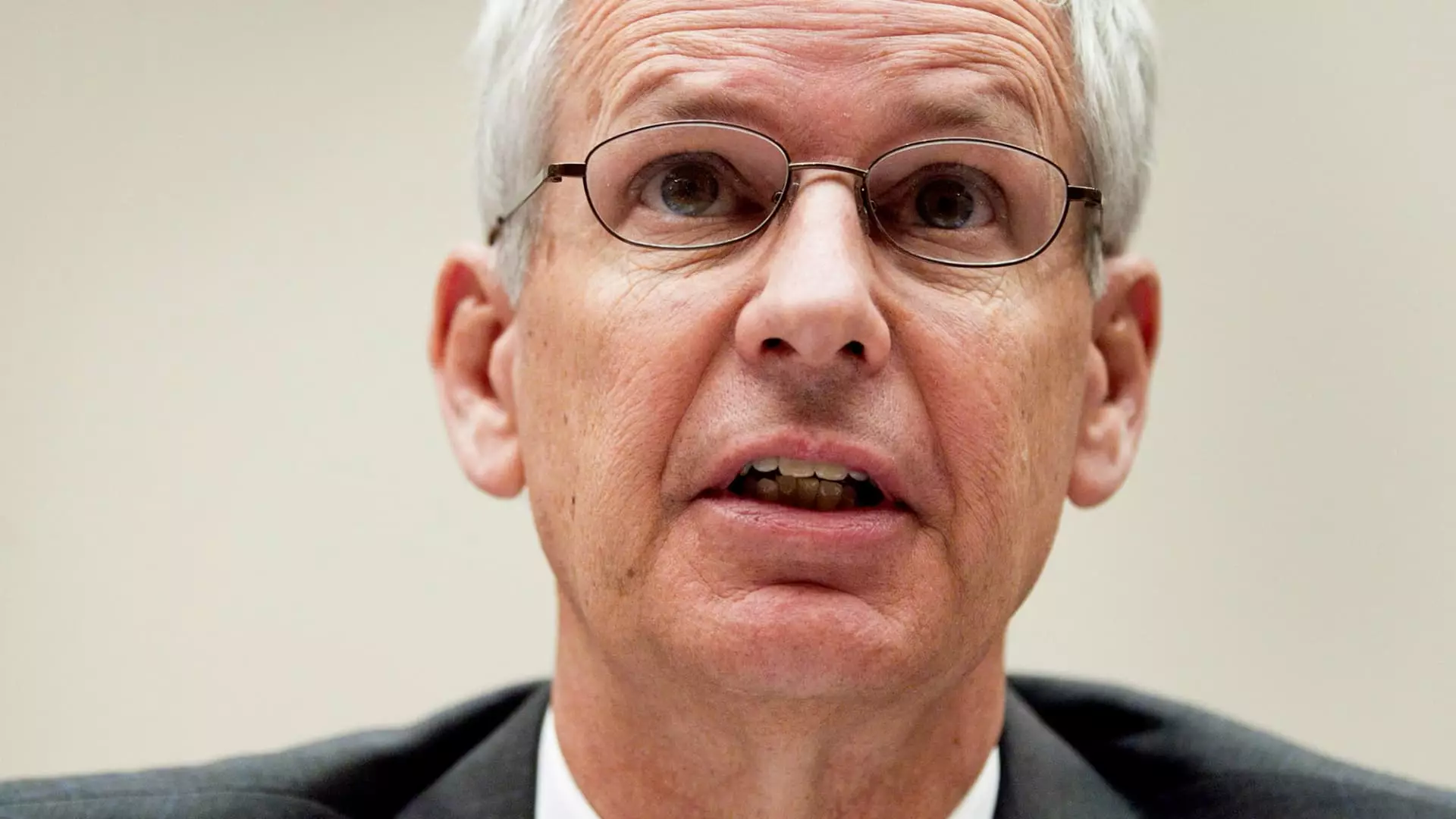In the ever-evolving landscape of media and telecommunications, few stories reflect the tumultuous nature of the industry quite like that of Dish Network. Once a powerful player in the television landscape, Dish’s trajectory appears to mirror the infamous finale of the 1990s sitcom “Seinfeld” – a narrative that promised so much but ultimately culminated in a lackluster resolution. From ambitious aspirations to unfortunate decline, the tale of Dish serves as a significant reminder of the risks associated with failure to adapt in a rapidly changing market.
The journey for Dish Network started with high hopes. Co-founder Charlie Ergen drew a colorful analogy during a 2011 earnings call, comparing the transition of his company to a “Seinfeld” episode, remarking on its multiple storylines that seem arbitrary at first but come together at the conclusion. Instead of steering the company towards a coherent strategy, however, Ergen’s vision remained abstract and ultimately unfulfilled. He suggested that Dish’s strategic direction would materialize in due course, but as time unfolded, it became evident that the many plotlines of Dish’s ambitions had failed to coalesce into a successful narrative.
Fast forward to present-day developments, the company’s recent decision to sell to DirecTV for a nominal value masks substantial hidden baggage — almost $10 billion in associated debt. The sale, pending regulatory approval, represented not a graceful exit but rather a desperate attempt to unload a sinking ship. With EchoStar, Dish’s parent company, witnessing a plunge of 11% in its share value post-announcement, the narrative of progression had devolved into one of mismanagement and vulnerability in the wake of market realities.
Dish Network’s struggles are amplified by the seismic shifts taking place within the entertainment sector. The traditional satellite and cable television model fought hard against the rising tide of streaming services and high-speed internet offerings, a battle that has resulted in the loss of millions of customers over recent years. The statistic reported — that Dish and DirecTV collectively lost an astounding 63% of their video subscribers since 2016 — serves as a stark wake-up call to industry players.
EchoStar’s CEO, Hamid Akhavan, aptly remarked that “the content-distribution industry has been on the decline,” cementing the notion that reliance on outdated models leads directly to irrelevance and erosion of market share. Competing against giants such as Comcast and Charter proved insurmountable for Dish, which failed to carve a significant niche in wireless service despite attempts to diversify into that field through acquisitions like Boost Mobile.
Throughout its decline, Dish’s efforts to pivot toward a dual model of pay-TV and wireless service often felt more like a series of chaotic experiments than a coherent strategy. The company engaged in extensive spectrum acquisitions, hoping to eventually become a robust wireless competitor against established players such as AT&T and Verizon. However, without a solid partner to back its ambitions, these efforts were hamstrung by financial constraints as the subscriber base dwindled, and pivotal cash flows began to diminish.
Akhavan’s admission that management’s focus on multiple directions “was also a management distraction” strikes at the heart of Dish Network’s downfall: the inability to execute a solid plan birthed from an overly complicated vision. Rather than forming a clear and targeted strategy, the reliance on disparate initiatives simply exacerbated the company’s plight.
The conclusion of Dish Network’s story thus far resembles the unsatisfactory ending of “Seinfeld.” While the iconic show remains beloved for its peak moments, its finale left many fans disenchanted — a parallel that evokes pity for the once-prominent Dish Network. The fate of the company serves as a cautionary tale for others in the industry: adaptability and foresight are paramount for survival in the chaotic waters of capitalism. Companies must internalize the lessons of Dish, prioritizing clarity in vision and the agility to pivot before they’re left scrambling to catch up with the changing tides. In a world where only the most agile companies thrive, Dish’s misadventure is a reminder that strategic cohesion is not just beneficial; it’s essential for success.

